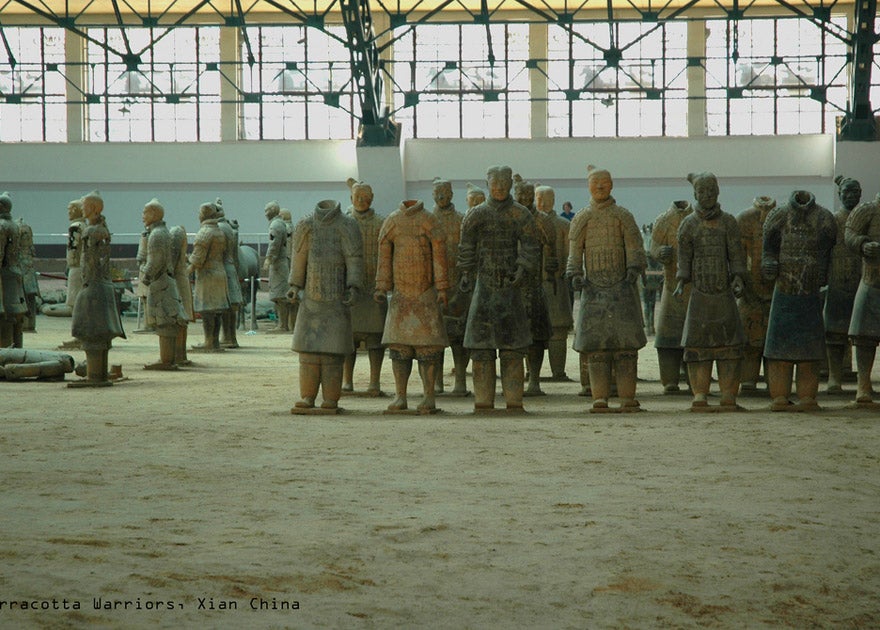114 terracotta warriors discovered in the mausoleum of Qin Shi Huang

Your support helps us to tell the story
From reproductive rights to climate change to Big Tech, The Independent is on the ground when the story is developing. Whether it's investigating the financials of Elon Musk's pro-Trump PAC or producing our latest documentary, 'The A Word', which shines a light on the American women fighting for reproductive rights, we know how important it is to parse out the facts from the messaging.
At such a critical moment in US history, we need reporters on the ground. Your donation allows us to keep sending journalists to speak to both sides of the story.
The Independent is trusted by Americans across the entire political spectrum. And unlike many other quality news outlets, we choose not to lock Americans out of our reporting and analysis with paywalls. We believe quality journalism should be available to everyone, paid for by those who can afford it.
Your support makes all the difference.114 Terracotta Warriors, and several artefacts, have been discovered in the mausoleum of China’s first emperor, Qin Shi Huang. The warriors were discovered in the largest of the pits, No 1 pit, and retained some of the richly-coloured paint that all of the warriors would have displayed originally.
Photos of the warriors, which are mostly infantrymen, have not yet been released, but the researchers describe them as between 1.8 and 2 metres tall, and brightly coloured. Their eyes and hair colour were naturalistic – most had black hair and either brown or black eyes. Their faces varied between white, pink and green, and archaeologists have noted that the different face colours are matched to different costumes.
Despite retaining their original paint, the warriors were not in a perfect state of preservation – most were broken into pieces. Liu Zhanchang, Director of the Archaeology Division of the Museum of Qin Shihuang Terracotta Warriors and Horses, also revealed that the warriors, and the walls of the museum, showed burn marks.
The mausoleum was ransacked by the people of China after the death of the much-hated emperor, and many warriors were smashed to pieces. It’s possible that these newly-discovered figures could have been damaged in the same way, and that the vandals even attempted to burn the whole pit of warriors. Global Times reports that researchers are considering the possibility that the figures were damaged by General Xiang Yu, who purportedly raided the mausoleum less than five years after the death of the First Emperor.
Fortunately, researchers have been able to restore the broken warriors. A number of other relics including weapons, chariots, drums and painted wooden rings were also found during the excavation, as well as a well-preserved box, the purpose of which remains a mystery.
The mausoleum was discovered in the 1970s near Xi’an, in China’s Shaanxi Province, and contains the un-excavated tomb of China’s first emperor. It is thought that the tomb may contain toxic levels of mercury, the substance that the emperor believed would make him immortal, and there are no plans as yet to continue the excavation into the actual tomb. The third excavation project began at the site in June 2009, and has resulted in a number of important finds, including the discovery last year of a number of teenage terracotta soldiers.
10 Things You Need to Know About the Terracotta Warriors:
Join our commenting forum
Join thought-provoking conversations, follow other Independent readers and see their replies
Comments